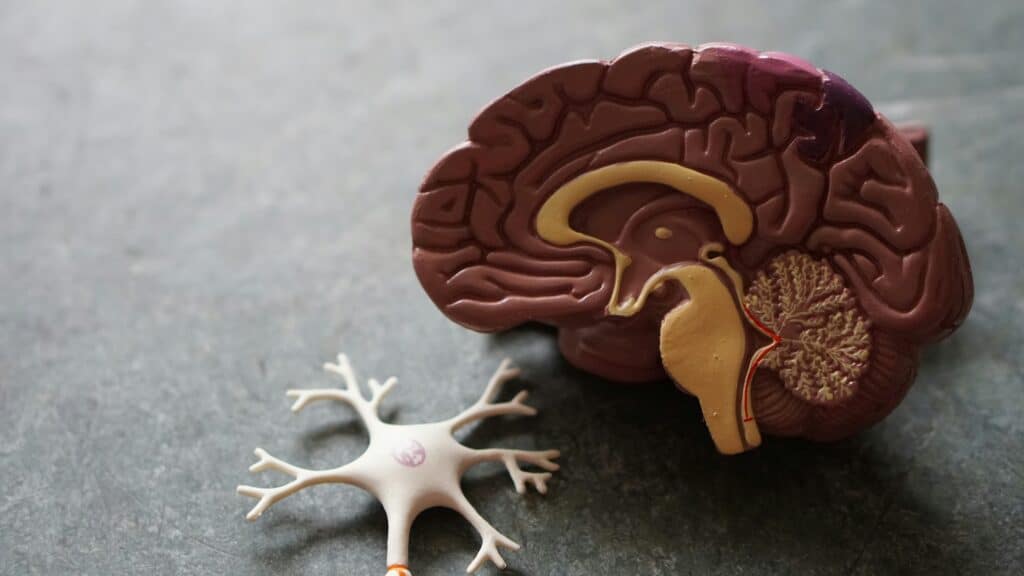|
Some of you have asked me where I get the studies I mention in this section. Typically, I get them from examine.com, a site I strongly recommend. Today, I want to talk about sleep. Examine.com published the study I am about to discuss and also collects data from numerous studies to objectively rate supplements from a scientific perspective. |
Cannabinoids May Just Be a Placebo |
|
A recent meta-analysis examined whether cannabinoids can improve sleep quality by pooling data from 6 randomized controlled trials involving 1,077 participants, some with insomnia and some without. Researchers looked at various cannabinoid compounds, including CBD, THC, and cannabinol (CBN), as well as combinations of these substances. Study durations ranged from 1 to 8 weeks. CBD doses ranged from 50 to 150 milligrams daily, while THC and CBN doses ranged from 0.35 to 20 milligrams daily. Control groups received placebos. The findings revealed an interesting disconnect between how people felt about their sleep versus what objective measurements showed. On the positive side, participants reported feeling like their sleep quality improved, with a moderate overall effect size. Notably, combination products containing multiple cannabinoids showed the strongest results, producing large improvements in perceived sleep quality across four studies. However, CBD alone showed no benefit for sleep in the two studies that examined it. On the other hand, when researchers looked at objective sleep metrics — things that can be measured in a lab, like total sleep time, sleep efficiency, and how often people woke up during the night — cannabinoids made no difference compared to a placebo. These findings were consistent across the three studies that measured each objective outcome. The bottom line is that cannabinoids might help people feel like they’re sleeping better, but this subjective improvement doesn’t translate to measurable changes in actual sleep quality. This gap between perception and reality makes it difficult to draw strong conclusions about whether cannabinoids are truly effective sleep aids. More research is needed, and people considering cannabinoids for sleep should be aware that the benefits may be more about perception than actual sleep improvement. I try to be open-minded on this, though I don’t use any variation of cannabinoids and admit to a slight bias toward them. The thing is, when looking at objective data, I can’t come up with a good reason to change my mind, whether for sleep or much of anything else. If cannabinoids help you, use them. For those who haven’t tried them but struggle with sleep, my advice is to look for other solutions that have more rigorous scientific evidence behind them. |
What Supplements Do Work? |
|
According to Examine.com, here are supplements that have been shown in numerous studies to improve sleep quality: |
|
|
Examine is less bullish on some popular supplements such as valerian, kava, and passionflower. Foto de Kate Stone Matheson en Unsplash |










